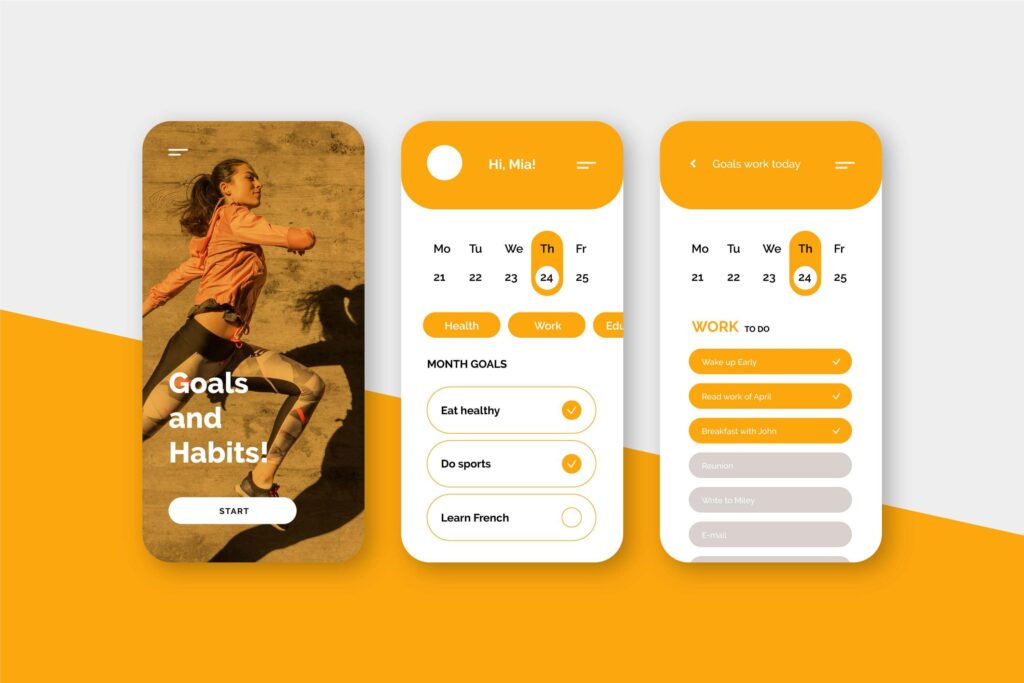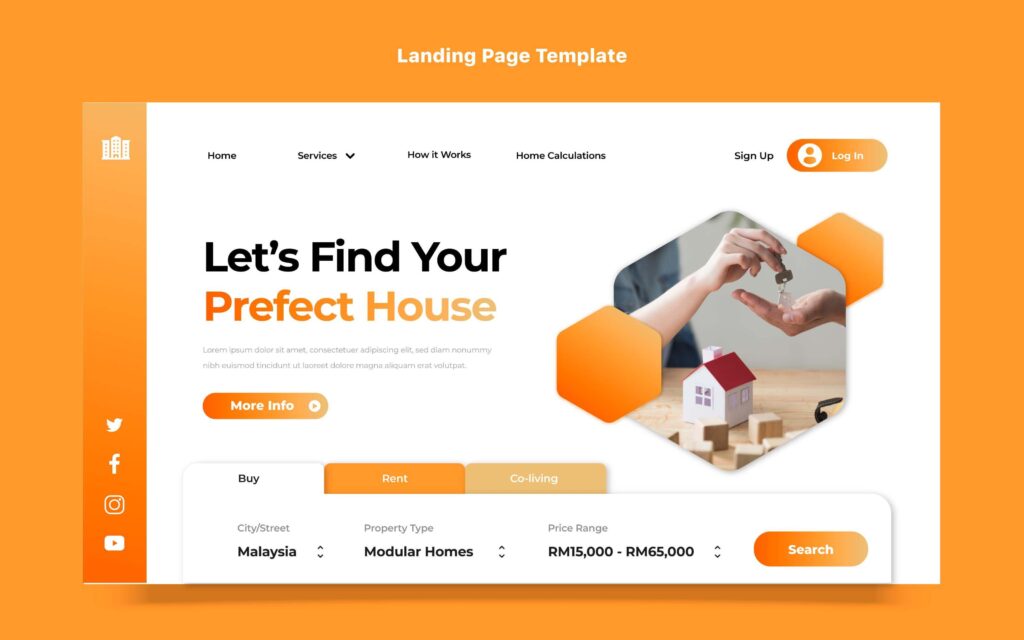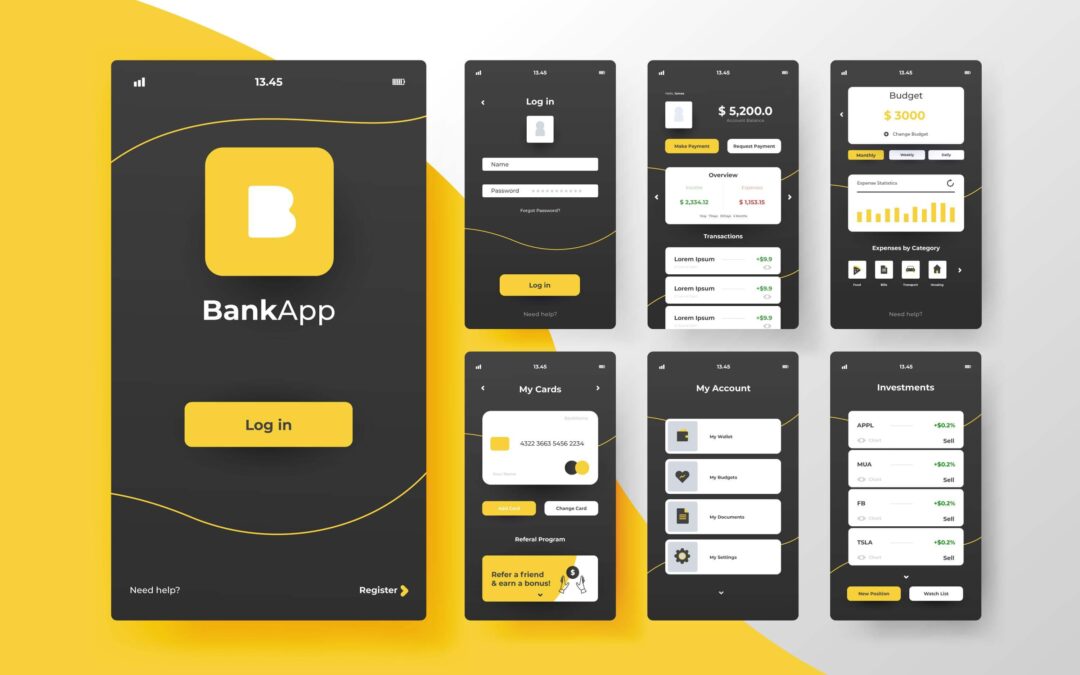Choosing between a mobile app and a progressive web app (PWA) is a critical decision for businesses aiming to engage customers in today’s digital landscape. Both options offer unique advantages, but they cater to different needs, budgets, and audiences. This comprehensive guide explores the pros and cons, costs, user experience differences, and real-world use cases of mobile apps and PWAs to help you determine which is right for your business. Whether you’re a startup, an e-commerce brand, or an enterprise, understanding these technologies will empower you to make an informed choice.
What Are Mobile Apps and Progressive Web Apps?
Learn the definitions and core differences between mobile apps and PWAs to understand their unique capabilities.
Mobile Apps
A mobile app (or native app) is software developed specifically for a mobile operating system, such as iOS (Apple) or Android (Google). These apps are downloaded and installed from app stores like Google Play or the Apple App Store. Mobile apps are built using platform-specific languages (e.g., Swift for iOS, Kotlin for Android) and leverage device features like GPS, cameras, and sensors.
Progressive Web Apps (PWAs)
A progressive web app is a web application that uses modern web technologies to deliver an app-like experience within a browser. PWAs are accessed via a URL, don’t require app store downloads, and can be added to a device’s home screen. They’re built with HTML, CSS, and JavaScript, making them cross-platform compatible.
Pros and Cons of Mobile Apps

Explore the benefits and drawbacks of mobile apps to assess their suitability for your business.
Advantages of Mobile Apps
- Superior Performance: Native apps are optimized for specific platforms, offering faster load times, smoother animations, and seamless performance, especially for graphics-intensive tasks like gaming or augmented reality (AR).
- Full Device Integration: Mobile apps have deep access to device features, including GPS, cameras, microphones, Bluetooth, and sensors, enabling advanced functionality like real-time navigation or fitness tracking.
- Offline Functionality: Native apps can store data locally, ensuring robust offline capabilities for apps like note-taking or productivity tools.
- App Store Visibility: Presence in app stores boosts discoverability through app store optimization (ASO) and builds brand credibility.
- Enhanced User Engagement: Push notifications, home screen icons, and in-app personalization drive frequent user interaction, fostering loyalty.
Disadvantages of Mobile Apps
- High Development Costs: Building separate apps for iOS and Android requires distinct codebases, significantly increasing mobile app costs. Initial development can range from $50,000 to $200,000+, depending on complexity.
- Longer Development Time: Creating and testing apps for multiple platforms takes months, delaying time-to-market.
- App Store Approval: Apps must comply with strict guidelines, which can lead to rejections or launch delays. Apple’s review process, for example, can take days or weeks.
- User Friction: Requiring users to download and install an app can deter adoption, especially for casual users.
- Ongoing Maintenance: Updates require app store approval and user action, adding to maintenance costs and complexity.
Pros and Cons of Progressive Web Apps

Discover the strengths and limitations of PWAs to evaluate their fit for your digital strategy.
Advantages of PWAs
- Cross-Platform Compatibility: A single codebase works across all devices and platforms, reducing business app development costs and simplifying maintenance.
- Cost-Effective Development: PWAs are typically 30-50% cheaper to build than native apps, with costs ranging from $10,000 to $100,000, depending on features.
- No App Store Required: PWAs are accessible via a browser, eliminating app store approvals and reducing user friction.
- Instant Updates: Server-side updates ensure all users have the latest version without manual downloads.
- Lightweight and Fast: PWAs use minimal device storage and leverage caching for quick load times, appealing to users with limited space or slow connections.
- SEO Benefits: PWAs are indexable by search engines, improving PWA SEO and discoverability compared to native apps.
Disadvantages of PWAs
- Limited Device Access: PWAs have restricted access to advanced device features like Bluetooth, advanced camera controls, or certain sensors, limiting functionality for complex use cases.
- Performance Trade-Offs: While fast, PWAs may not match the speed or smoothness of native apps, particularly for graphics-heavy applications.
- Browser Dependency: Feature availability and performance vary across browsers, and older browsers may not support all PWA capabilities.
- No App Store Presence: Without app store visibility, businesses must rely on web marketing for user acquisition.
- Push Notification Limitations: While PWAs support push notifications, they may be less reliable or feature-rich than native apps, especially on iOS.
Costs: Mobile Apps vs. PWAs
Compare the financial investment required for mobile apps and PWAs to align with your budget.
Mobile App Costs
- Development: $50,000–$200,000+ per platform for a basic to mid-tier app. Complex apps (e.g., Uber or gaming apps) can exceed $500,000.
- Maintenance: Annual maintenance costs are 15-20% of initial development (e.g., $10,000–$40,000/year for a $200,000 app), covering updates, bug fixes, and server costs.
- App Store Fees: Apple and Google charge 15-30% of in-app purchases and subscriptions, plus annual developer fees ($99 for Apple, $25 for Google).
- Marketing: Promoting an app requires investment in ASO, paid ads, and influencer campaigns, often costing thousands monthly.
PWA Costs
- Development: $10,000–$100,000 for a single codebase, depending on features. Simple PWAs (e.g., informational sites) may cost as little as $5,000.
- Maintenance: Lower than native apps, typically 10-15% of development costs annually (e.g., $1,000–$15,000/year).
- No App Store Fees: PWAs avoid app store commissions, though hosting and domain costs apply ($100–$1,000/year).
- Marketing: PWAs rely on PWA SEO, content marketing, and social media, which can be cost-effective but require consistent effort.
Verdict: PWAs are significantly cheaper to develop and maintain, making them ideal for startups or businesses with limited budgets. Mobile apps, while expensive, justify their cost for brands needing advanced features or app store presence.
User Experience: Mobile Apps vs. PWAs
Understand how mobile apps and PWAs impact user satisfaction and engagement.
Mobile App User Experience
- Performance: Native apps deliver a polished, responsive experience, especially for resource-intensive tasks like video editing or gaming.
- Integration: Seamless access to device features enhances usability (e.g., Apple Pay integration or AR filters).
- Personalization: In-app settings, push notifications, and offline modes create a tailored, engaging experience.
- Consistency: Apps adhere to platform-specific design guidelines (e.g., iOS Human Interface Guidelines), ensuring familiarity for users.
- Drawback: Installation requirements and storage demands can frustrate users, particularly on low-end devices.
PWA User Experience
- Accessibility: PWAs load instantly via a browser, reducing barriers to entry and appealing to users who avoid downloads.
- Lightweight: Minimal storage needs make PWAs ideal for users with limited device space.
- Offline Capabilities: Service workers enable PWA offline capabilities, allowing basic functionality without internet (e.g., cached content).
- Cross-Platform Consistency: A single design works across devices, though browser variations can cause minor inconsistencies.
- Drawback: Limited access to native features and occasional browser quirks may compromise the experience for advanced use cases.
Verdict: Mobile apps offer a premium, feature-rich user experience mobile apps excel at, while PWAs prioritize accessibility and ease of use, especially for casual or first-time users.
Real-World Use Cases
See how leading brands leverage mobile apps and PWAs to achieve business success.
Mobile App Success Stories
- Uber: Uber’s native app leverages GPS, push notifications, and payment integrations for a seamless ride-hailing experience. App store visibility and offline capabilities enhance its global reach.
- Pokémon GO: This AR game relies on native APIs for location tracking and camera integration, showcasing the power of mobile app performance.
- Strava: A fitness app that uses sensors and GPS to track activities, offering offline data storage and detailed analytics, ideal for athletes.
PWA Success Stories
- Starbucks: Starbucks’ PWA enables users to browse menus, customize orders, and pay online, delivering an app-like experience with minimal storage use. Its PWA offline capabilities ensure functionality in low-connectivity areas.
- Twitter Lite: Twitter’s PWA (now X) offers a lightweight alternative to its native app, with fast load times and data-efficient performance, targeting users in emerging markets.
- Pinterest: Pinterest’s PWA boosted user engagement by 60% and ad revenue by 44%, proving PWAs can drive business growth without app store dependency.
Additional Considerations
Dive into factors like scalability, time-to-market, and security to refine your decision.
Scalability
- Mobile Apps: Scaling a native app requires updating multiple codebases and ensuring compatibility with new OS versions, increasing costs.
- PWAs: A single codebase simplifies scaling, and server-side updates ensure rapid feature deployment.
Time-to-Market
- Mobile Apps: Development and app store approval can take 6–12 months for a mid-tier app.
- PWAs: PWAs can be launched in 2–6 months, offering a faster path to market.
Security
- Mobile Apps: Native apps benefit from platform-specific security features but require regular updates to address vulnerabilities.
- PWAs: PWAs use HTTPS for secure data transmission, but browser-based delivery can expose them to web-specific risks.
Hybrid Approach
Some businesses adopt a hybrid strategy:
- Launch a PWA to test the market and reach users quickly.
- Develop a mobile app later if demand for native features grows. Alternatively, frameworks like React Native or Flutter create cross-platform apps, blending PWA cost-efficiency with mobile app functionality.
Which Is Right for Your Business?
Get actionable insights to choose the best solution for your business goals and resources.
Choose a Mobile App If:
- You need high-performance, device-specific features (e.g., AR, gaming, or fitness tracking).
- Your audience expects a premium, integrated experience via app stores.
- You have the budget for development, maintenance, and marketing.
- Examples: Gaming companies, fitness brands, or navigation services.
Choose a PWA If:
- You prioritize cost-efficiency, rapid deployment, and cross-platform reach.
- Your business focuses on content, e-commerce, or informational services.
- You want to leverage PWA SEO for organic discoverability.
- Examples: E-commerce stores, news outlets, or startups with limited budgets.
Key Questions to Ask
- What are your business goals (e.g., engagement, revenue, or reach)?
- Who is your target audience, and what devices do they use?
- What is your budget for development and ongoing maintenance?
- Do you need advanced device features, or is a web-like experience sufficient?
- How quickly do you need to launch?
Conclusion
The Mobile App vs. Progressive Web App debate hinges on your business’s unique needs. Mobile apps deliver unmatched performance, deep device integration, and app store visibility but come with high costs and longer development timelines. PWAs offer cost-effective, cross-platform accessibility, and PWA SEO advantages, ideal for businesses prioritizing speed and reach. By evaluating your budget, audience, and goals, you can choose the right solution or even combine both for maximum impact.
For startups or small businesses, a PWA is a low-risk entry point with scalability. Established brands with resources may opt for a mobile app to capitalize on native features and engagement. If you’re still unsure, consider a hybrid approach or consult our app development team to align your choice with your vision.

